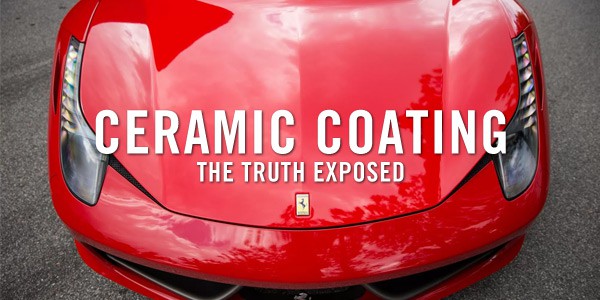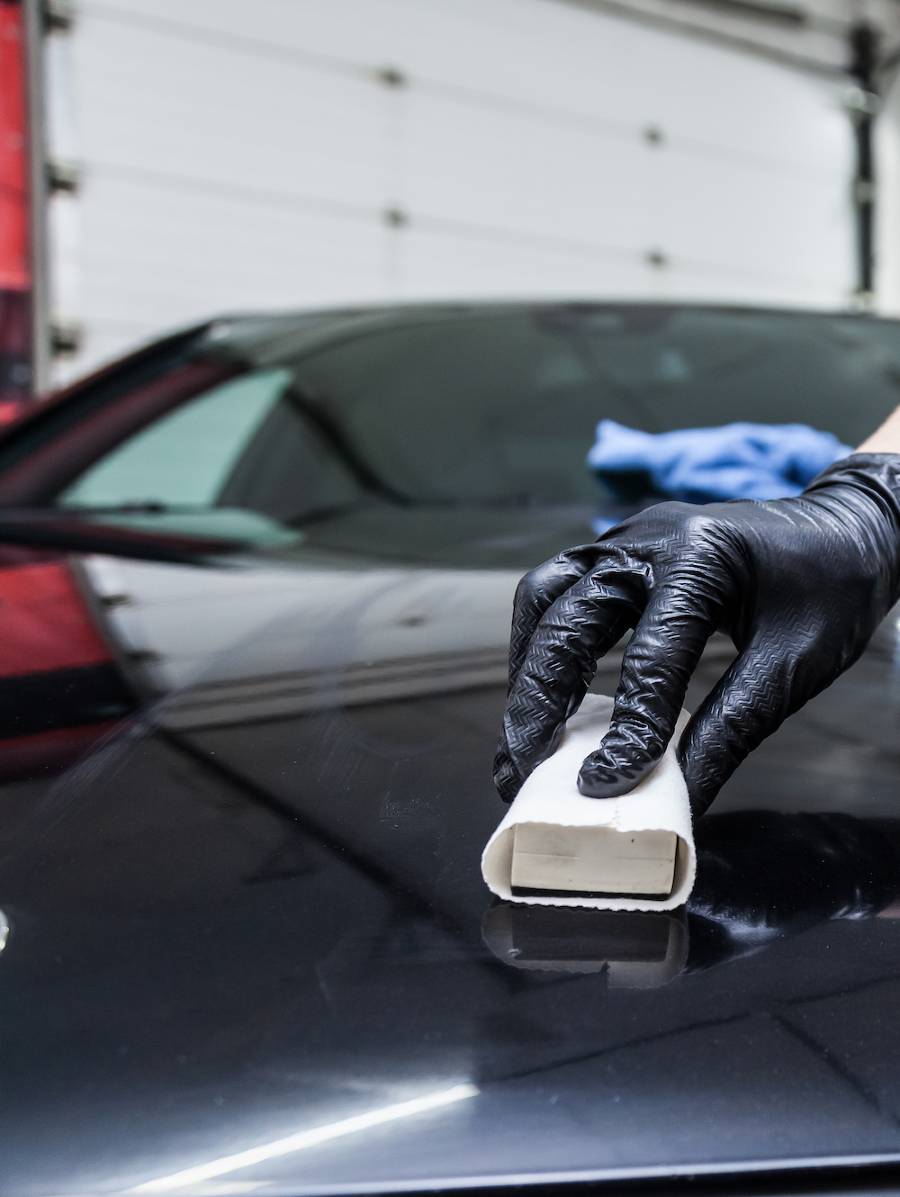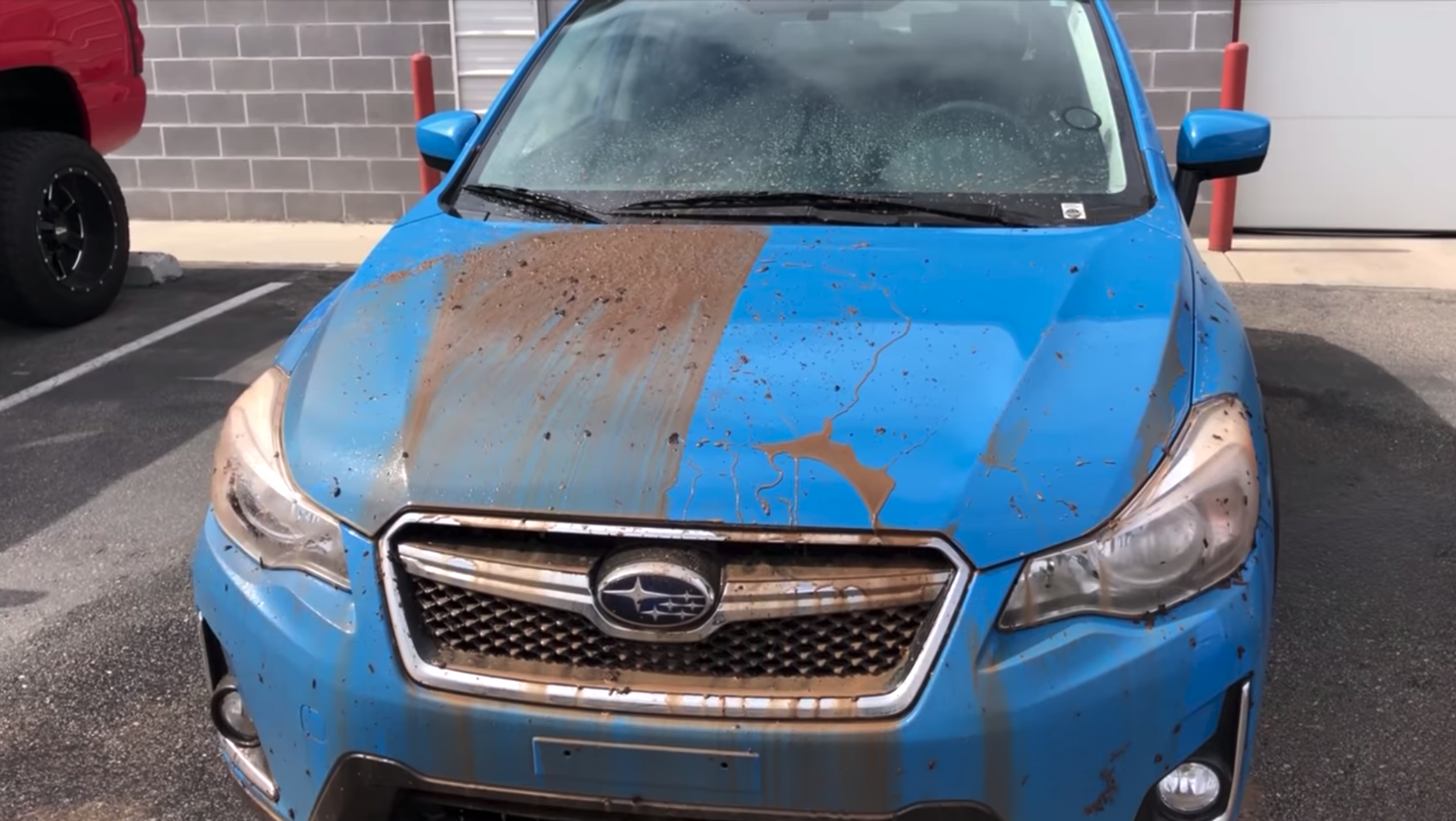What to Anticipate During Your Ceramic Coating Application Process
What to Anticipate During Your Ceramic Coating Application Process
Blog Article
The Function of Ceramic Finishing in Shielding Your Auto's Paint From Environmental Damages
Ceramic finish has emerged as an innovative service for auto owners looking for to maintain the honesty of their car's exterior. As we discover the nuances of ceramic finishing, it becomes evident that the choice to implement this safety measure might significantly influence your car's longevity and aesthetic.
What Is Ceramic Layer?
Ceramic finishing is a sophisticated liquid polymer related to the outside surface areas of a lorry, created to provide a long lasting layer of security for the paint. This ingenious option forms a chemical bond with the vehicle's factory paint, developing a hydrophobic and resilient shield. The layer is composed of nanoparticles that fill out the microscopic imperfections in the paint, resulting in a smooth surface area that enhances gloss and radiate.
Commonly, ceramic coverings are available in various formulas, permitting various levels of protection and long life. While some products can last for several months, others supply security for a number of years, depending on the thickness of the application and ecological variables. The application procedure requires careful preparation, including cleaning, decontaminating, and brightening the automobile's surface to make sure optimum attachment of the covering.

Advantages of Ceramic Layer
One of the key advantages of using a ceramic layer is the phenomenal protection it uses to automobile paint. This sophisticated covering forms a sturdy layer that shields the vehicle's surface area from a range of environmental threats, including UV rays, acid rainfall, bird droppings, and tree sap. By offering this robust defense, ceramic layers dramatically decrease the threat of fading and etching, preserving the car's aesthetic charm in time.
Along with protection, ceramic coatings are renowned for their hydrophobic residential or commercial properties, which repel water and dust, making it much easier to maintain a tidy vehicle. This self-cleaning result minimizes the regularity of washing, saving both time and resources. Additionally, ceramic coatings boost the deepness of the paint's gloss, leading to a lively and refined look that raises the general appearance of the automobile.
One more significant advantage is the longevity of ceramic finishes. Unlike conventional waxes or sealers that need regular reapplication, ceramic layers can last a number of years, supplying an economical solution for vehicle proprietors seeking long-lasting defense. Overall, purchasing ceramic finish causes enhanced sturdiness, decreased upkeep, and sustained visual allure for automotive paint.
Just How Ceramic Covering Functions
A ceramic finish operates via a chemical bonding procedure that develops a safety layer on the lorry's paint surface area. This cutting-edge service makes use of innovative nanotechnology, where microscopic bits of silica are suspended in a fluid kind - ceramic coating. Upon application, these bits bond with the manufacturing facility paint, forming a hydrophobic and durable layer that improves the car's surface area
The major component of ceramic layers, silicon dioxide (SiO2), adds to the finish's strength and durability. When treated, the coating changes right into a hard, glass-like finish that shields the paint from ecological pollutants such as dust, UV rays, bird droppings, and tree sap. This molecular bond causes a surface area that is not only immune to scrapes yet additionally simpler to clean up, as dirt and grime are much less most likely to stick.
Additionally, the hydrophobic homes of ceramic layers cause water to grain and slide off, reducing the chances of water areas and natural resource. This protective barrier efficiently lengthens the life of the paint and keeps the car's aesthetic my company allure, supplying vehicle owners a long-lasting solution for paint security.
Application Process of Ceramic Layer
When thinking about the application of ceramic finishing, preparation is key to accomplishing optimal outcomes. Any type of flaws or scratches need to be addressed at this phase, as the covering will certainly bond with the surface beneath.

Ceramic layer is then applied in tiny areas, commonly using an applicator pad. It is critical to operate in even strokes, ensuring consistent coverage. The finish ought to be permitted to heal for a specified time, which can differ relying on the item used. After the first application, a high-grade microfiber towel is utilized to buff the surface area, boosting gloss and making sure a smooth coating. Lastly, the vehicle ought to be entrusted to heal in a controlled setting to article permit the layer to totally bond with the paint.
Long-Term Maintenance and Treatment
Achieving a successful ceramic finishing application sets the foundation for long-term defense, yet appropriate upkeep is crucial to maintaining its advantages. Routine washing is important; making use of a pH-neutral cars and truck shampoo will certainly assist preserve the finishing's stability without triggering damage. Avoid automated vehicle washes that use abrasive products, as they can jeopardize the coating's surface area.

In addition, using a ceramic coating maintenance spray can improve the existing layer, offering an additional boost in protection and luster. It's a good idea to execute this every three to 6 months, click resources depending on ecological exposure.
Lastly, vehicle parking in shaded locations or using vehicle covers can protect against prolonged direct exposure to damaging UV rays and ecological impurities, better expanding the life of your ceramic coating. By sticking to these upkeep techniques, you can guarantee your lorry's surface stays secured and aesthetically appealing for years to find.
Final Thought
In recap, ceramic finishing serves as an important protective measure for vehicle paint, successfully protecting automobiles from a variety of ecological hazards. Its capacity to create a durable hydrophobic obstacle not just improves visual appeal however additionally significantly lowers the frequency and strength of upkeep required. The lasting nature of this innovative polymer emphasizes its value in maintaining vehicle integrity and look, eventually contributing to a much more long lasting and visually appealing automotive surface.
Ceramic finish is an innovative liquid polymer used to the external surfaces of a car, designed to give a durable layer of security for the paint. Ceramic coatings boost the depth of the paint's gloss, resulting in a sleek and vibrant look that boosts the overall look of the vehicle.
A ceramic layer runs via a chemical bonding process that develops a protective layer on the car's paint surface.The main element of ceramic layers, silicon dioxide (SiO2), adds to the finishing's toughness and durability.In recap, ceramic finish offers as an essential protective step for automotive paint, properly shielding lorries from a range of ecological risks.
Report this page